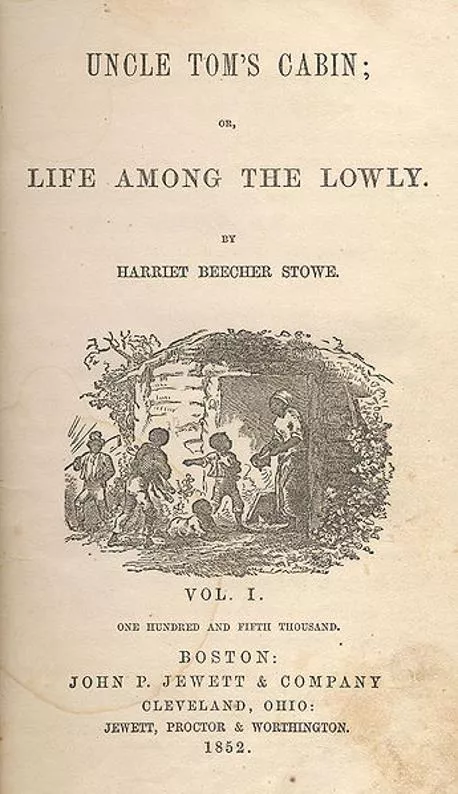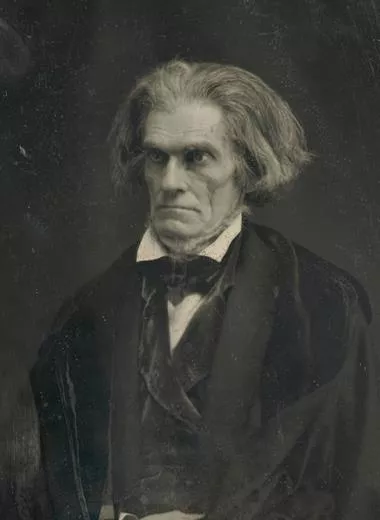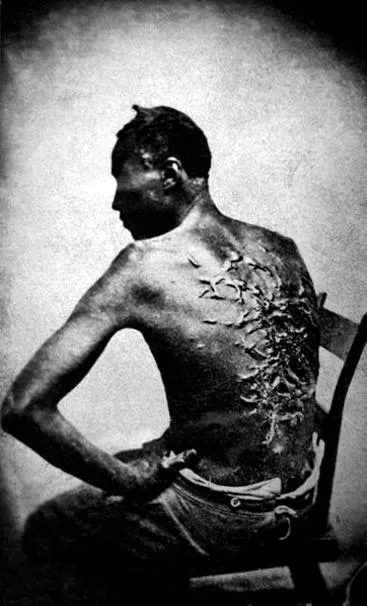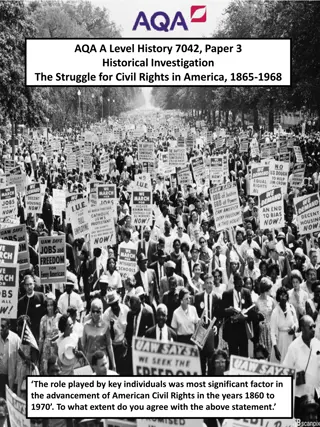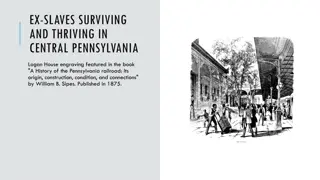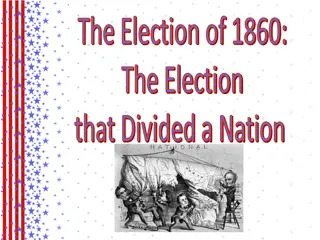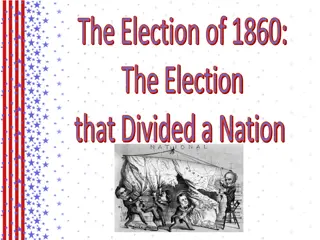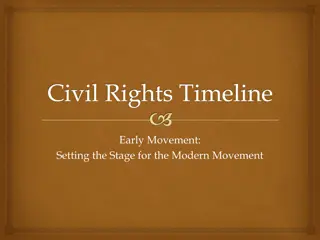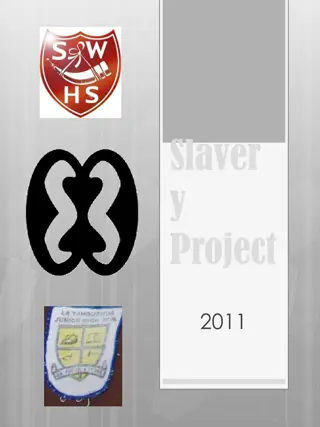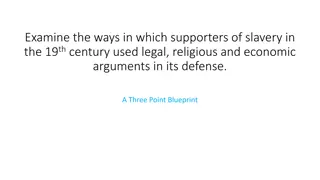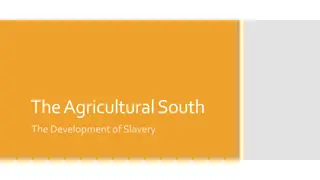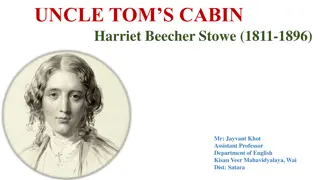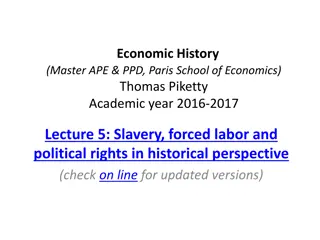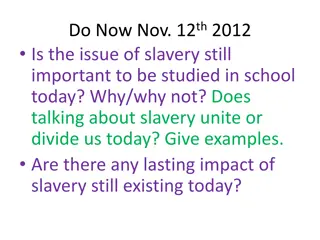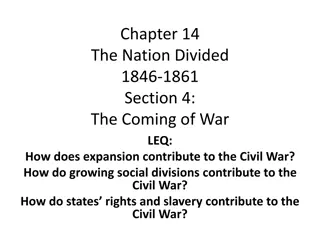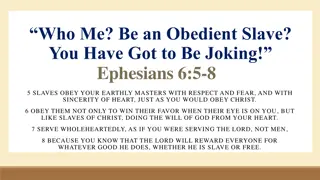The South Expands: Slavery and Society (1800-1860)
In this comprehensive review of Chapter 12 from America's History, 8th Edition, explore the expansion of the South, focusing on the impact of slavery and society from 1800 to 1860. Delve into topics such as the domestic slave trade, the world of Southern whites, plantation owners' influence, and the settlement of Texas, shedding light on the complexities of this historical period.
Download Presentation

Please find below an Image/Link to download the presentation.
The content on the website is provided AS IS for your information and personal use only. It may not be sold, licensed, or shared on other websites without obtaining consent from the author. Download presentation by click this link. If you encounter any issues during the download, it is possible that the publisher has removed the file from their server.
E N D
Presentation Transcript
www.Apushreview.com America s History, 8thEdition, Chapter 12 Review Video The South Expands: Slavery and Society (1800 1860) Check out the description for videos that match up with the new curriculum.
The Domestic Slave Trade The Upper South Exports Slaves: Many plantation owners moved South (AL, MI) By 1850s, most African Americans lived in the Deep South Sugar cultivation was incredibly arduous The Impact on Blacks: Slave Codes: Regulated behavior of slaves: Could not own property, be out after dark, strike a white person, receive an education Slave trade ripped families apart 1/4 marriages 1/3 of children under 14
The World of Southern Whites The Dual Cultures of the Planter Elite: The Traditional Southern Gentry: Lived in the Chesapeake, SC, and GA Viewed themselves as nobles in other countries Children married other aristocratic planters The Ideology and Reality of Benevolence : By the 1830s, southerners argued slavery was a positive good John C. Calhoun Religion was used to justify slavery Jesus did not condemn slavery Cotton Entrepreneurs: Overseers worked on many plantations pay was based on production Gang-labor system enhanced productivity, made work harder for slaves
The World of Southern Whites Planters, Smallholding Yeomen, and Tenants Most southerners did not own slaves (3/4) Planter Elites: 5% of the South s population controlled much of the economy Why were plantation owners so influential? They controlled markets, credit, machines They often had many relatives in town Many lawyers doubled as plantation owners, often elected to public office Smallholding Planters and Yeomen: Husbands had control over their homes in every aspect Poor Freemen: Few educational opportunities in the rural south
Expanding and Governing the South The Settlement of Texas: Mexico encouraged the migration of Americans Immigrants were to be Catholic 1830, Mexico emancipated slaves, tensions between Mexico and US Texas declares independence in 1836 Alamo: 13 day siege, all Americans are killed Battle of San Jacinto: Sam Houston captures Santa Anna, sign treaties Texas wants to join Union Fear from North over slavery The Politics of Democracy: AL granted suffrage to all white men 90% of AL legislators owned slaves Why did the South not industrially develop ? $ could be made in agriculture Capital was tied up in farming Lack of adequate infrastructure (railroads, canals, etc.)
The African American World Evangelical Black Protestantism: Black Protestantism did not follow predestination Develop distinctive mass services ring shout Forging Families and Communities: Combining of American and African cultures and languages Pronouncing th as de Slaves would get married, but were not binding Surrogate families were often used A frequent cause of running away was to be reunited with family Negotiating Rights: Task System: completing a specific job each day Resisting slavery: Resistance took many forms: Passive working slowly, faking illness, running away, breaking tools Slave rebellions did occur, but were rare (Nat Turner, Prosser)
The African American World Cont. The Free Black Population: Roughly 250,000 Free blacks in the North faced discrimination: Lower-paying jobs, segregation, prohibited from voting Free blacks in the South: Over 200,000 by 1860 Faced similar discrimination as the North Denied trials by jury Kidnapped and sold into slavery
Quick Review Slave Codes Slavery as a necessary evil to a positive good TX and slavery African American culture Resistance to slavery
Thanks for watching! Good luck on your tests Check out videos matching the new curriculum Spread the word Subscribe

 undefined
undefined





